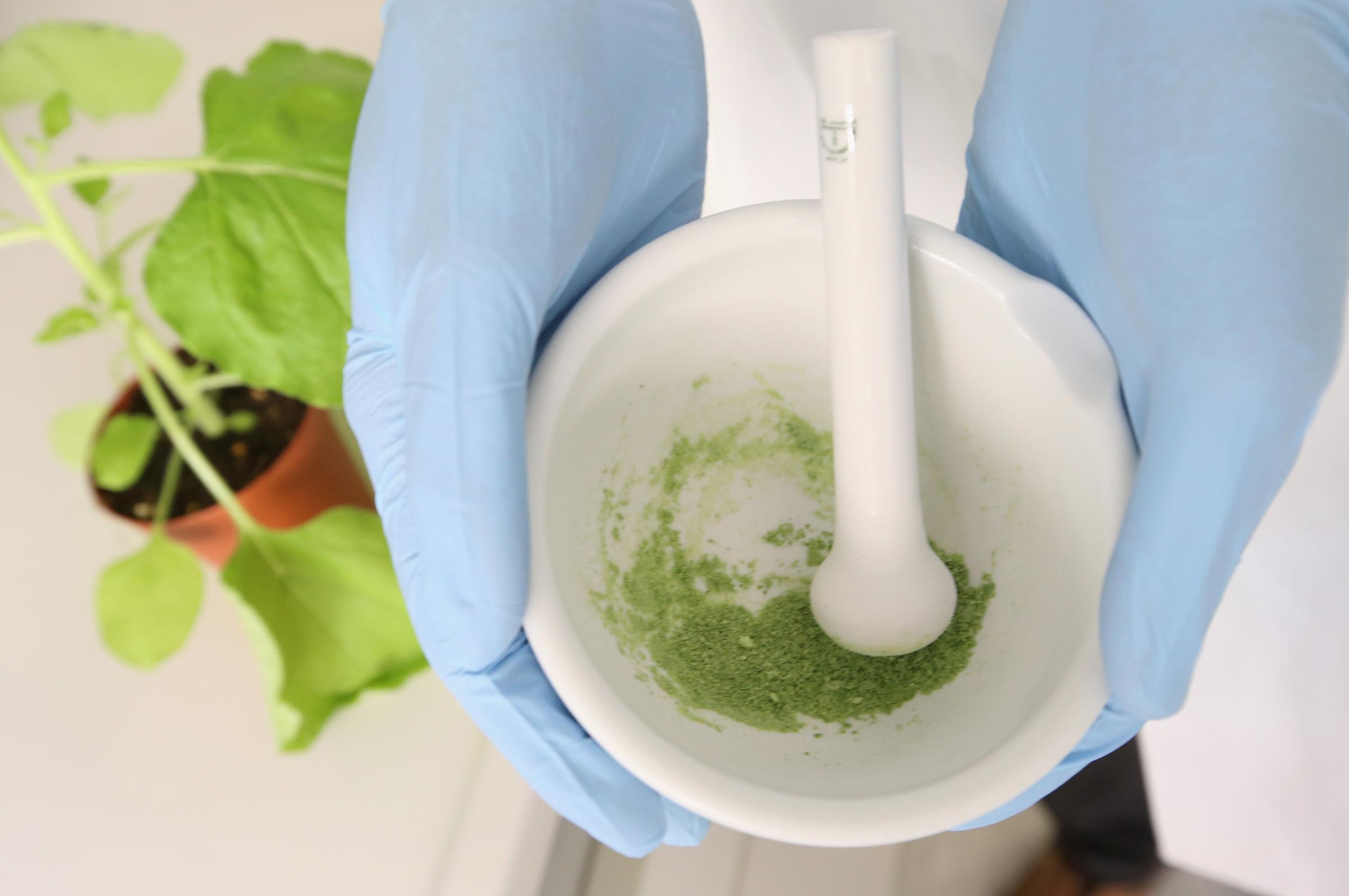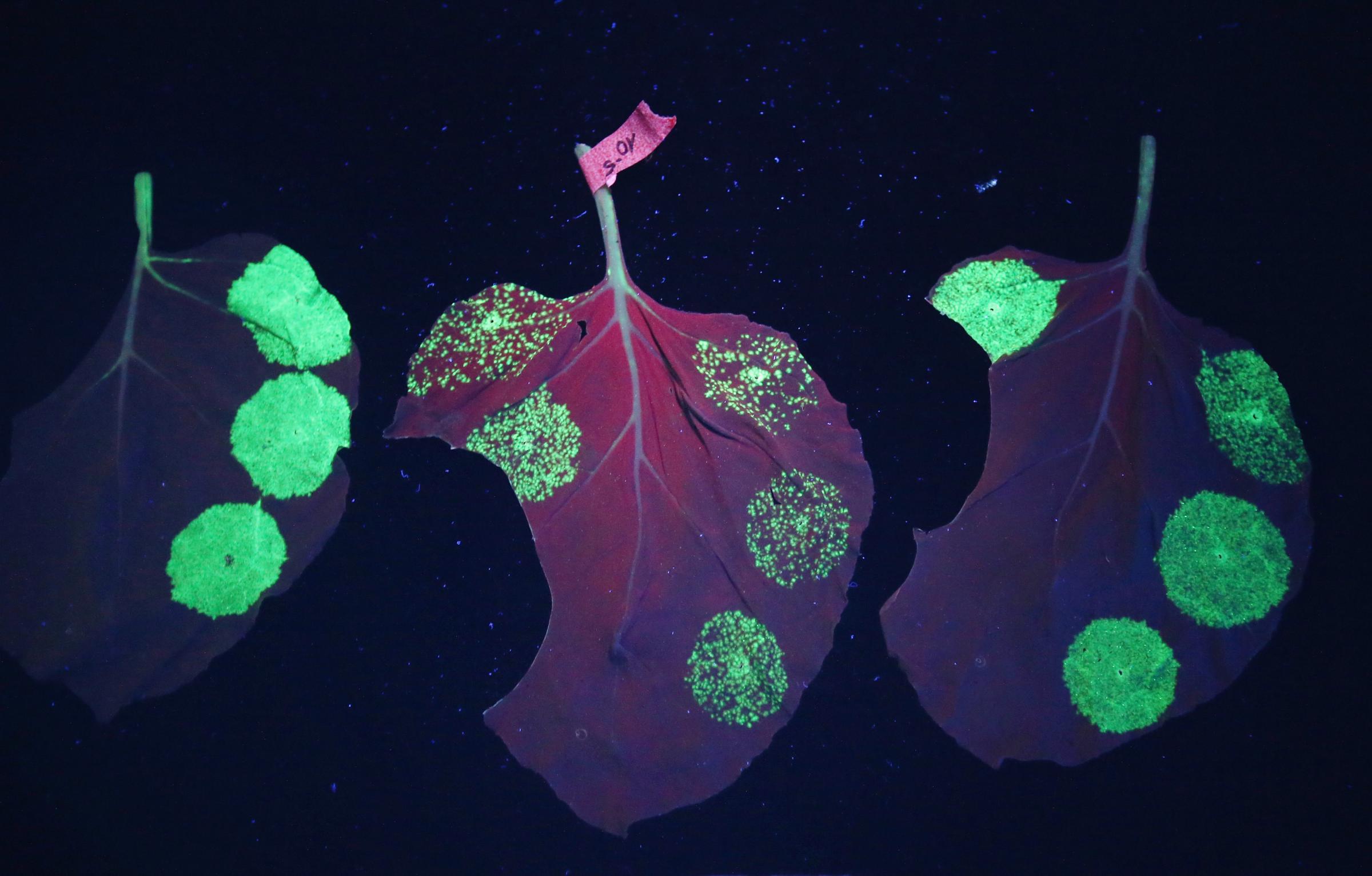
Nina Pham, the first person to be infected with Ebola in the U.S., arrived at the National Institutes of Health Special Clinical Studies Unit in Maryland just before midnight Thursday evening, the NIH said Friday.
Dr. Anthony Fauci, director of the NIH’s National Institute of Allergy and Infectious Diseases (NIAID), and Dr. Rick Davey, deputy director of NIAID’s division of clinical research, said Pham was in fair condition and resting comfortably. Davey will be the physician overseeing Pham’s care.
Fauci said that from the time when Liberian Ebola patient Thomas Eric Duncan became the first person diagnosed with the disease in the U.S., “we made very clear that we could make the highly specialized facility available if called upon. We were called upon to accept Nina and we did.”
The seven-bed NIAID unit in Rockville, Maryland was created in 2011 as part of the U.S.’s bio-terror preparedness efforts. It’s designed and equipped to care for patients with the most dangerous infectious diseases. The unit has a dedicated staff of 50 to 60 personnel who are specially trained in infection control for biohazards, and, said Fauci, retained continuously to keep their education up to date. The unit’s isolation unit has a separate ventilation system that directs air into specialized filters, and the unit has a dedicated system for removing patient waste and other biohazardous materials.
The center is not just a hospital, but also a research facility. Every patient treated there is also a research subject, and Pham will be no exception. Dr. H. Clifford Lane, clinical director of NIAID, said that Pham’s virus and her immune system’s response to it will be studied extensively. The researchers at the unit are also part of vaccine studies and are working on ways to intervene earlier in the disease’s course with better treatments. Such treatments may help not just Pham, but also the thousands in West Africa currently battling Ebola.
As far as what therapies Pham will receive, Fauci would only reveal that Pham has so far received, while in Dallas, plasma donated from Dr. Kent Brantly, the first American patient successfully treated for Ebola — Brantly was diagnosed while in Liberia before being flown to the U.S. for treatment. Pham is at all times being cared for by four to five nurses working 12 hour shifts; two of these nurses are allowed into her room at one time, with the remaining nurses serving support duties. One full-time infectious disease doctor and one critical care intensive care physician is also assigned to her care in rotating shifts.
See The Tobacco Leaves That Could Cure Ebola






More Must-Reads From TIME
- The 100 Most Influential People of 2024
- The Revolution of Yulia Navalnaya
- 6 Compliments That Land Every Time
- What's the Deal With the Bitcoin Halving?
- If You're Dating Right Now , You're Brave: Column
- The AI That Could Heal a Divided Internet
- Fallout Is a Brilliant Model for the Future of Video Game Adaptations
- Want Weekly Recs on What to Watch, Read, and More? Sign Up for Worth Your Time
Contact us at letters@time.com